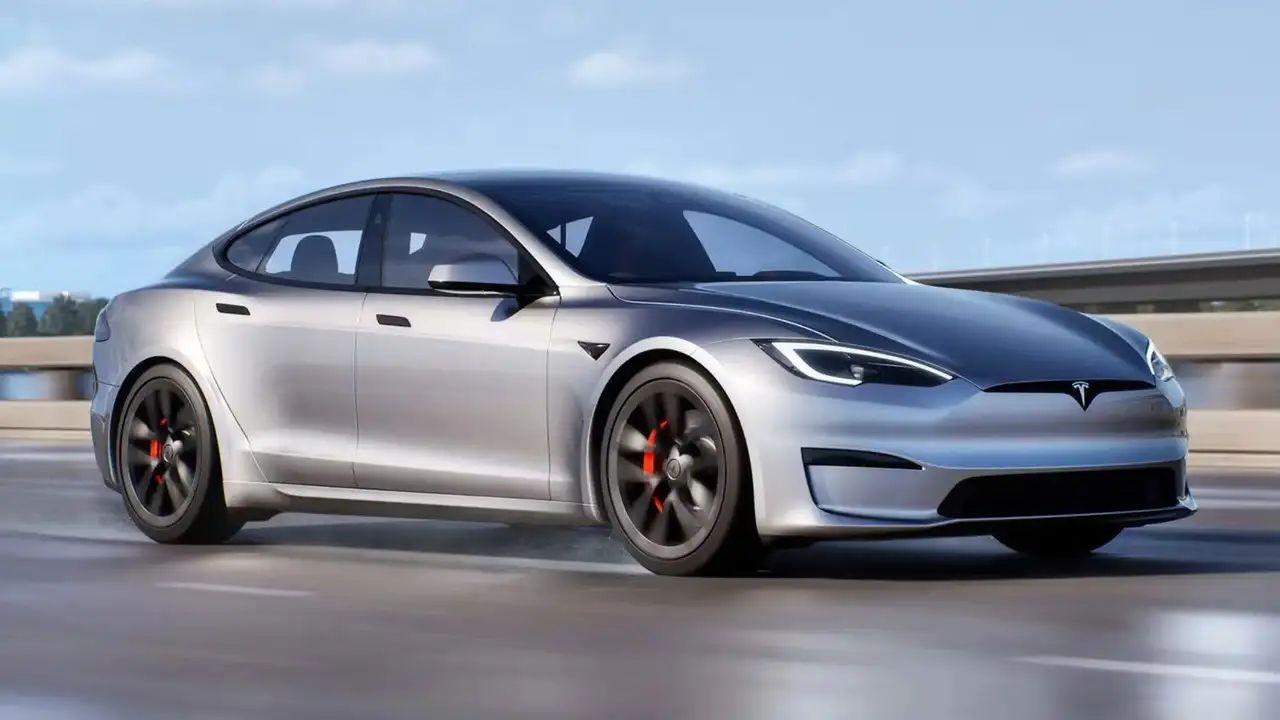
A significant wave of dissent is sweeping through India, targeting some of the most recognizable American multinational corporations. From the golden arches of McDonald’s to the iconic red and white logos of Coca-Cola, and the sprawling digital realms of Amazon and Apple, a growing chorus is urging a boycott of U.S. goods and services. This burgeoning anti-American sentiment is being fueled by an unexpected alliance: business leaders and ardent supporters of Prime Minister Narendra Modi, all rallying against the imposition of steep new U.S. tariffs.
India, a nation of immense scale and the world’s most populous country, represents a truly vital market for American brands. These companies have strategically expanded their footprint, eager to tap into an ever-growing base of affluent consumers. For many in India, international labels are not merely products; they are potent symbols of upward mobility and global aspiration, contributing to a widespread infatuation with these foreign brands.
Indeed, the presence of U.S. giants in India is nothing short of pervasive. Meta’s WhatsApp, for instance, counts India as its single largest market by user base, a testament to its deep integration into daily life. Domino’s, the ubiquitous pizza chain, operates more restaurants in India than any other brand worldwide, a truly remarkable achievement. Beverages like Pepsi and Coca-Cola effortlessly dominate store shelves across the country, while the opening of a new Apple store still draws long queues of eager customers. Similarly, Starbucks cafes frequently dole out discounts, leading to eager crowds forming to enjoy their offerings.
This robust market presence, however, now faces an unprecedented challenge. The current backlash stems directly from former President Donald Trump’s decision to impose a substantial 50 percent tariff on Indian goods. This aggressive move not only rattled Indian exporters but also inflicted considerable strain on the delicate diplomatic relations between New Delhi and Washington, fundamentally damaging the existing ties between these two democracies. Trump’s actions, including a “damning attack” on India’s “dead economy,” have significantly stoked the simmering anti-American sentiment.

While there is no immediate indication that sales of American products have suffered a noticeable hit, the calls to “buy local” and “ditch American products” are gaining considerable momentum. This growing chorus for swadeshi, or self-reliance, is spreading rapidly, resonating strongly both across social media platforms and in traditional, offline spaces. The sentiment underscores a deeper nationalistic undercurrent now coming to the fore.
Leading the charge for this renewed emphasis on self-reliance are influential voices from the Indian business community. Manish Chowdhary, co-founder of the skincare company Wow Skin Science, made a powerful statement through a video he posted on LinkedIn. In his message, he passionately urged support for Indian farmers and startups, envisioning a future where “Made in India” transcends national borders to become a “global obsession.”
Chowdhary drew a compelling parallel, pointing to South Korea’s remarkable success in transforming its food and beauty products into internationally recognized and celebrated phenomena. He articulated a sentiment shared by many Indian entrepreneurs, stating, “We have lined up for products from thousands of miles away. We have proudly spent on brands that we don’t own, while our own makers fight for attention in their own country.” This poignant observation highlights the imbalance many feel exists in the domestic market.
Read more about: Southern California vs. The World: Why SoCal Wins the Vacation Showdown

Adding his voice to this swelling tide of digital nationalism, Rahm Shastry, CEO of DriveU, a popular driver-on-demand service, penned his thoughts on LinkedIn. Shastry put forth a bold vision for India’s technological future, asserting that “India should have its own home-grown Twitter/Google/YouTube/WhatsApp/FB — like China has.” His comments reflect a desire for greater digital sovereignty and the development of indigenous tech giants capable of competing on a global scale.
The competitive landscape within India is complex, showcasing a vibrant interplay between local and international players. Indian retail brands, for instance, frequently offer stiff competition to foreign counterparts like Starbucks in the domestic market, demonstrating their ability to innovate and capture local consumer preferences. However, the ambition to expand operations beyond India’s borders has historically proven to be a more formidable challenge for many of these local companies.
Conversely, India’s prowess in the information technology sector stands as a testament to its global capabilities. Indian IT services firms, including industry behemoths like Tata Consultancy Services (TCS) and Infosys, have become deeply and firmly embedded within the global economy. These companies are not just competing; they are leading, providing sophisticated software solutions to a vast array of clients across the world, showcasing a different facet of India’s economic reach.
In a significant address given in Bengaluru, Prime Minister Narendra Modi amplified the calls for greater self-reliance, making a “special appeal” to the nation. He recognized the global impact of Indian technology companies, noting that they “made products for the world.” However, he underscored a critical shift in national focus, declaring that “now is the time for us to give more priority to India’s needs.” While his message was clear, he notably refrained from naming any specific companies, maintaining a broad nationalistic appeal.

Interestingly, even as the anti-American sentiment continues to simmer and manifest in various forms of protest, the global economy continues its relentless march. A striking example of this dynamic was the recent launch of Tesla’s second showroom in India, located in New Delhi. This high-profile event, held on a Monday, saw the attendance of both Indian commerce ministry officials and U.S. embassy officials, signaling that despite the trade tensions, certain diplomatic and business engagements persist.
Organized efforts to galvanize the boycott movement are also gaining traction. The Swadeshi Jagran Manch group, an influential organization with direct links to Prime Minister Modi’s Bharatiya Janata Party (BJP), took concrete action. On a recent Sunday, the group orchestrated small public rallies across various parts of India, passionately urging citizens to actively boycott American brands and embrace local alternatives.
Ashwani Mahajan, the co-convenor of the Swadeshi Jagran Manch group, articulated the underlying philosophy behind these rallies, emphasizing a burgeoning shift in consumer preference. He observed, “People are now looking at Indian products. It will take some time to fructify.” Mahajan framed the movement not just as an economic strategy but as a profound national duty, declaring, “This is a call for nationalism, patriotism.”
To further facilitate the ‘buy local’ movement, the Swadeshi Jagran Manch group has been actively circulating a comprehensive list via WhatsApp. This practical guide enumerates a variety of Indian brands, ranging from everyday necessities like bath soaps and toothpaste to popular cold drinks, providing consumers with clear alternatives to foreign-made goods. This digital dissemination highlights the modern approach to traditional nationalist calls.
Read more about: You’re Not Alone: Some Everyday Things That Become Surprisingly Annoying As You Get Older

On social media platforms, the group has launched a prominent campaign featuring a graphic boldly titled “Boycott foreign food chains.” This visual appeal prominently displays the logos of McDonald’s and numerous other well-known international restaurant brands, directly urging users to opt for Indian dining options. The blend of traditional rallies and digital campaigns showcases a multi-pronged approach to foster change.
Yet, the impact of these calls to action is not universally felt, revealing a nuanced consumer landscape. Rajat Gupta, a 37-year-old resident of Uttar Pradesh, offered a pragmatic perspective. While dining at a McDonald’s in Lucknow on a Monday, he remained unperturbed by the ongoing tariff protests. He simply enjoyed his 49-rupee ($0.55) coffee, which he considered to be excellent value for money.
Gupta’s straightforward assessment encapsulated a sentiment of personal convenience over political entanglement. “Tariffs are a matter of diplomacy and my McPuff, coffee should not be dragged into it,” he stated, indicating that for many individual consumers, daily choices remain unswayed by broader geopolitical disputes. This perspective highlights the complexity of influencing deep-seated consumer habits.
The ultimate outcome of these escalating nationalist calls on the enduring popularity of U.S. brands in India remains a matter of ongoing observation and debate. What is clear, however, is that the current tariff dispute has injected a fresh layer of strain into what has historically been a robust and deep trade relationship between these two significant democracies. As the call for self-reliance echoes louder, India’s economic landscape, deeply intertwined with global players, faces a moment of profound introspection and potential transformation. The unfolding narrative will undoubtedly shape the future of commerce and diplomacy in a rapidly evolving world.



